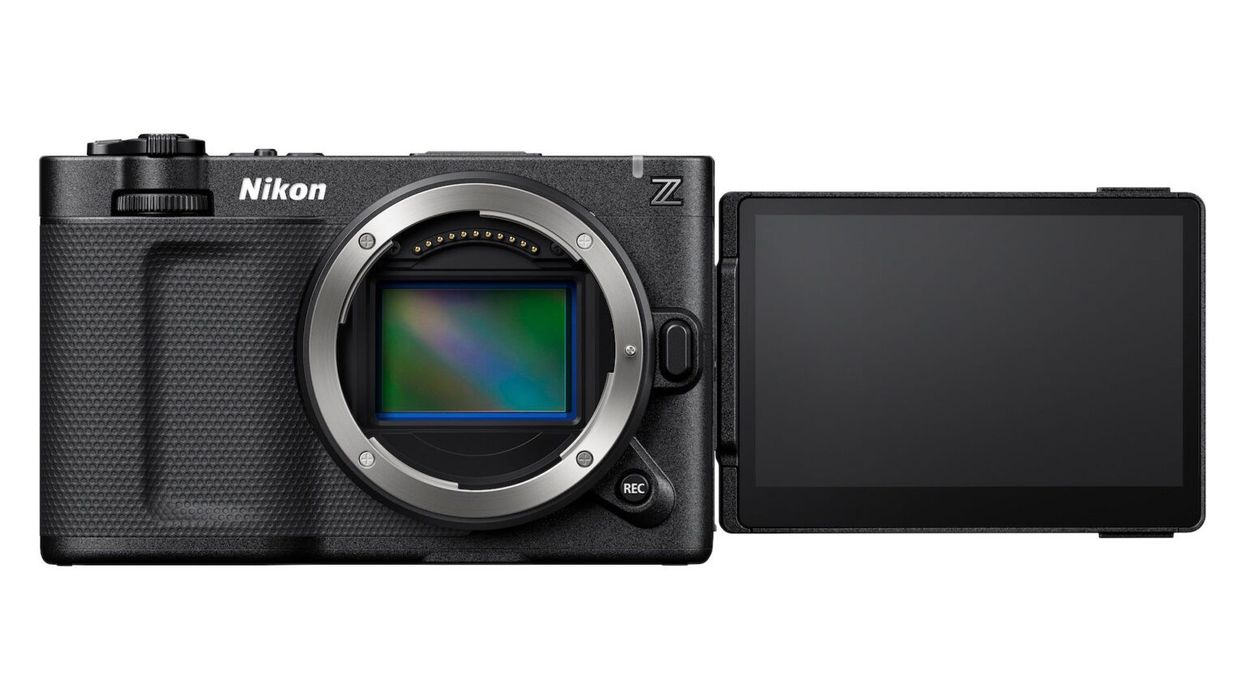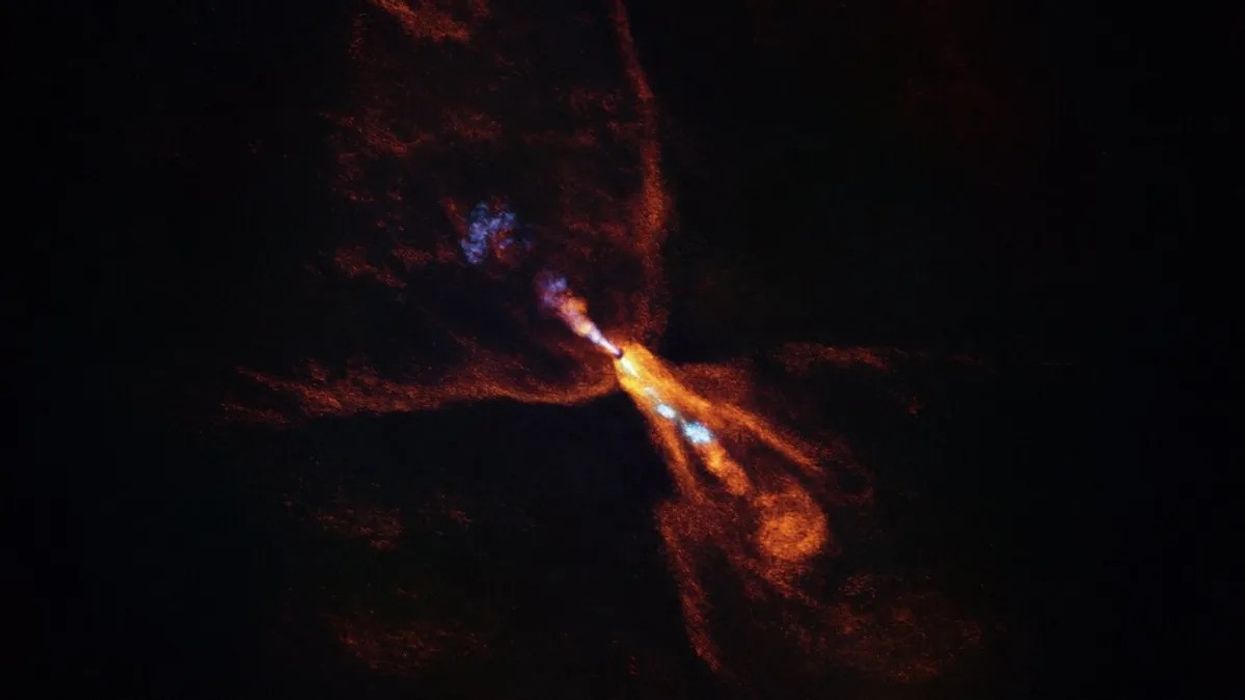Highlights:
- Nikon ZR is the company’s first dedicated cinema mirrorless camera.
- Built with RED technology and offering internal .R3D RAW recording.
- Compact, minimal design with a 4-inch, 1,000-nit LCD display.
- Priced at £2,196 / €2,349, targeting entry-level filmmakers and RED users seeking a B-cam.
Nikon enters the cinema arena with RED partnership
Nikon has officially launched the ZR, its first cinema-focused mirrorless camera and the debut model in the new Z Cinema line. It marks a significant step for the company following its acquisition of RED, bringing REDCODE RAW technology into a compact, sub-£3,000 body.
Seventeen years after Nikon’s D90 became the first DSLR to shoot video, the ZR is a chance for the brand to reassert itself in a field now dominated by Sony and Canon.
Compact body with some compromises
The Nikon ZR adopts a cinema-style design distinct from the existing Z mirrorless range. The body is minimal, stripped of features such as an EVF, mode dial, and top display. Its shallow grip and reliance on rigging accessories reflect its intended use as a cinema tool.
Notable design points:
- Connectivity: Micro HDMI port instead of full HDMI.
- Storage: Dual card slots – CFexpress Type B and microSD – located inside the battery compartment.
- Mounting: Only a bottom 1/4"-20 thread, requiring cages for expanded use.
4-inch, 1,000-nit LCD display
One of the standout features is the large, bright, vari-angle 4-inch touchscreen, which can replace the need for an external monitor in many scenarios. For solo shooters and creators, it simplifies setups and offsets the fragility of the micro HDMI port.
Refined menus and new UI tools
Nikon’s familiar menu system is retained, but the ZR adds:
- A new quick-access shortcut for zebras, waveforms, peaking, and brightness controls.
- Vertical shooting UI rotation.
- In-camera LUT support, with a built-in Rec.709 profile and the ability to load custom .cube LUTs.
Missing features include anamorphic de-squeeze and false colour, though these could arrive in future firmware updates.
Sensor, stabilisation and Dual ISO
At its core, the ZR uses a 24.5MP partially-stacked full-frame CMOS sensor – the same as the Z6III. It records:
- 6K RAW up to 60fps (full-frame).
- 4K at 120fps (cropped).
The camera also features:
- IBIS (in-body stabilisation) for handheld flexibility, even with adapted lenses.
- Dual ISO at ISO 800 and ISO 6400 when recording in RED Log3G10.
Internal .R3D RAW recording
For the first time in a mirrorless body, Nikon offers REDCODE RAW recording, in a new variant called .R3D NE (Nikon Edition). This enables REDWideGamutRGB colour space and Log3G10 gamma metadata.
At launch, editing support is limited – .R3D NE files require REDCINE-X PRO, though wider NLE compatibility is expected. For broader workflows, the ZR also supports Apple ProRes 422 HQ, ProRes RAW, H.265, and H.264.
32-bit audio recording
The ZR includes 32-bit float internal audio, compatible with its built-in mic, 3.5mm input, or via the new hot-shoe with digital audio interface – a rare feature at this price point.
Lens mount versatility
The ZR uses the Nikon Z mount, which is highly adaptable thanks to its wide diameter and short flange distance. It supports:
- Native Nikon Z lenses with advanced autofocus and customisable controls.
- Adapted cinema, vintage or third-party lenses, including PL and Sony E.
Who is it for?
The ZR is aimed at two main groups:
- Aspiring cinematographers: Affordable, compact and versatile for events, social media, and indie filmmaking. Offers room to grow with RED workflows.
- Existing RED users: As a B-camera, it complements RED’s V-RAPTOR X or KOMODO-X by sharing .R3D workflows, Z mount lenses, and CFexpress media.
Price and availability
The Nikon ZR will begin shipping next month at £2,196 / €2,349 (excluding VAT).













